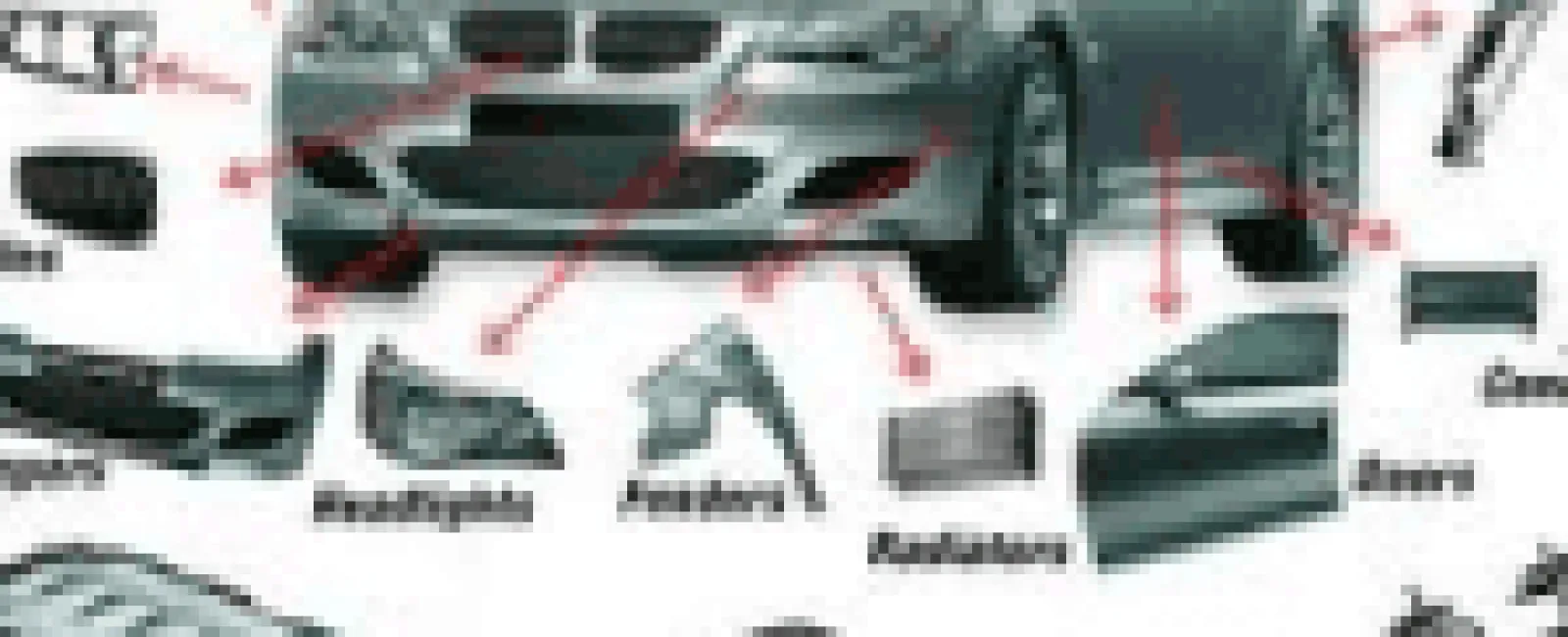I'm sure you've heard the term "Inspection", but do you know what the Technician is inspecting? Why are they inspecting it? Where is the part they are inspecting and when are you supposed to replace/change the part? All very valid questions.
During an oil change, Braxton Automotive's Technicians do a visual inspection of your vehicle for preventive reasons. They can tell you if the brakes are low, your fluids are old or if a belt looks like it needs to be replaced.
During an Interval Service, they do a more thorough inspection of your filters, spark plugs, battery, oxygen sensors, hoses, belts, exhaust and so on. It is in yours and our best interest to keep all of the parts on your vehicle in like-new condition.
Here are some tips on inspecting your vehicle:
- Automatic Transmission Fluid - check the fluid level with the engine running and the transmission in park. If low, add the type of automatic transmission fluid specified in your owner's manual. For maximum performance, change every 2 years or 24,000 miles, or as directed in your owner's manual.
- Battery and Cables - battery should be securely mounted. Battery connection should be clean, tight and corrosion free. If the battery is 3 years old or more, it should be tested and replaced if necessary.
- Belts - check drive belts and serpentine belts for looseness and condition. Replaced when cracked, frayed glazed or showing signs of excessive wear. Replace timing belt per interval specified in owner's manual. Typically this is done at 60 - 90K. Not replacing the belt as required could cause a breakdown or serious engine damage.
- Brakes - check the entire brake system every year, including brake linings, rotors and pads.
- Cabin Air Filter - replace annually or more often in areas with heavy airborne contaminants or whenever heating or cooling efficiency is reduced.
- Chassis Lubrication - many newer cars are lubed-for-life; some still require this service. Check owner's manual. Replacement steering and suspension components may require periodic lubrication.
- Check Engine Light - if light comes on while driving or remains on, your vehicle may have an emissions or sensor problem and should be analyzed. If light flashes, the condition is more severe and must be checked immediately to prevent catalytic converter damage.
- Coolant - check level at reservoir. Never open a hot radiator cap. If low, add 50/50 mix of approved antifreeze and distiled water. Change coolant annually on most vehicles.
- Air Filter - inspect filter at each oil change. Replace annually or when leaking, torn, water or oil soaked, dirty or showing other signs of wear.
- Oil & Filter - these should be changed anywhere from 3,700-7,500 miles, depending on the type of oil you use, how you drive the vehicle and the conditions in which you drive. Always consult the owner's manual.
- Exhaust - inspect for leaks, damage and broken supports or hangers if there is an unusual noise. Exhaust leaks can be dangerous and must be corrected without delay.
- Fuel Filter - inspect filter at each oil change. Replace if restricted or water contaminated or once a year on cars with carburetors. On cars with fuel injection, replace filter every 2 years or 24,000 miles.
- Hoses - inspect hoses at each oil change and replace when leaking, brittle, cracked, rusted, swollen or restricted.
- Lights - replace bulb immediately if light is out. Check fuses first.
- Oxygen sensor - replace at interval as recommended in owner's manual or when other conditions dictate, such as failing an emissions test. Some cars have an oxygen sensor replacement light that appears when oxygen sensor replacement is needed. 1996 and newer cars have more than 1 oxygen sensor.
- Power Steering Fluid - check the fluid with the car warmed up. Add correct type of fluid if low. If frequent topping off is required, inspect for leaks and replace if contaminated.
- Spark Plugs - typical replacement intervals range between 30-100K, depending on the vehicle and type of spark plug. Always consult your owner's manual.
- Steering & Suspension - inspect system annually, including shock absorbers, struts and chassis parts, such as ball joints, tie rod ends and other related components. Replace if leaks, damage and loose mounting hardware are found. Symptoms of warn suspension include uneven tire wear and excessive bouncing after bumps.
- Tire Inflation & Condition - check the pressure of all tires, including the spare, at every oil change. Check the tread for uneven or irregular wear and cuts and bruises along the sidewalls. Inflate tires and maintain at recommended pressure. Replace tires if worn or damaged.
- Windshield Washer Fluid - check fluid level monthly. Some vehicles have 2 reservoirs. Do not use water, only washer fluid.
- Wiper Blades - replace every 6 months or when cracked, cut, torn, streaking or chattering.
If you would like to know where any of these parts are or have any questions, just ask one of Braxton's Service Advisors and they'd be happy to help.

